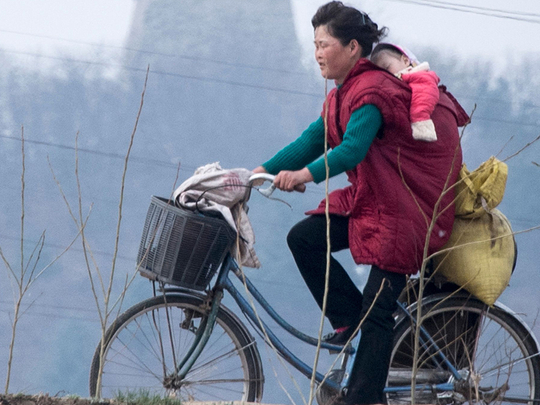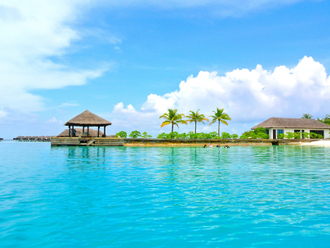
A visit to North Korea can be a unique experience for the more curious traveller, while it might be disappointing for those who seek adventure, folklore or entertainment.
There is simply no place like North Korea on earth right now, a country with an almost totally secluded society, tightly controlled media and no internet access for most of the people — which makes it substantially different from the interconnected and globalised world outside.
And it’s not sure for how long the country will survive in its current state, which is an incentive for many to go there and have a look around as long as it’s possible.
However, a visit comes with severe limitations. Tourists can go there on guided tours only, and are constantly accompanied and observed by guides who, curiously enough, also closely monitor each other as to which depth contact and conversation with foreigners are made.
Visitors, apart from a few exemptions for Chinese and Russians in specially designated “economic zones” (essentially casino complexes near the borders) are not allowed to stroll around freely, let alone travel on their own across the country.
However, compared to earlier years, there are now far more travel agencies that offer increasingly compelling trips while before most tours where about places of worship for the leaders, museums, war memorials, a visit to the demilitarised zone and an evening at the Arirang Games.
Meanwhile, and unthinkable 10 years ago or so, visitors can go on marathon running tours to Pyongyang, take pistol shooting classes at border camps, go skiing in the recently opened Masikryong Ski Resort, surfing at Wonsan beach or on a city bike tour in Pyongyang, go scuba diving or sea fishing, take culture seminars or academic and language classes at North Korean universities or make a private tour with a self-compiled itinerary which, however, needs to be approved and only a predetermined list of locations is allowed. Some companies meanwhile even offer “budget tours” to North Korea which include specials such as “pub crawls” or New Year’s parties in Pyongyang.
Visas are arranged by the travel agency and are normally not so much of a headache to get. Most tourists enter the country on a flight from Beijing to Pyongyang, although flights from Shenyang, Shanghai, Kuala Lumpur and Vladivostok are also available, but timetables change frequently. Another, possibly nicer opportunity is a train ride from Beijing or Dandong into North Korea.
Most people can apply for a tourist visa to North Korea, and only South Koreans are categorically denied to visit the north after the infamous Mount Kumgang tours were suspended in 2010 and the Kaesong economic zone was closed in 2016.
Citizens of the United States are also allowed in the country. They should, however, exercise extra caution in times of international tensions. Journalists, even on holiday, need special permission which is mostly denied apart from official invitations by the government, effectively PR-stunts such as in April 2017 when foreign journalists were flown in on a week-long visit to cover the 105th birth anniversary event of Kim Il-sung and the military parade which followed. At their own costs of $2,500, by the way.
Overall, what sounds interesting can sometimes turn awkward since there remains a large cultural gap between visitors and locals, including the guides.
Travellers who are not prepared to accept limited freedom of movement or insist on their freedom of opinion and expression and feel compelled to discuss this with locals should possibly not travel to North Korea.







_resources1_16a08528000_small.jpg)



